
Colloquia di dipartimento
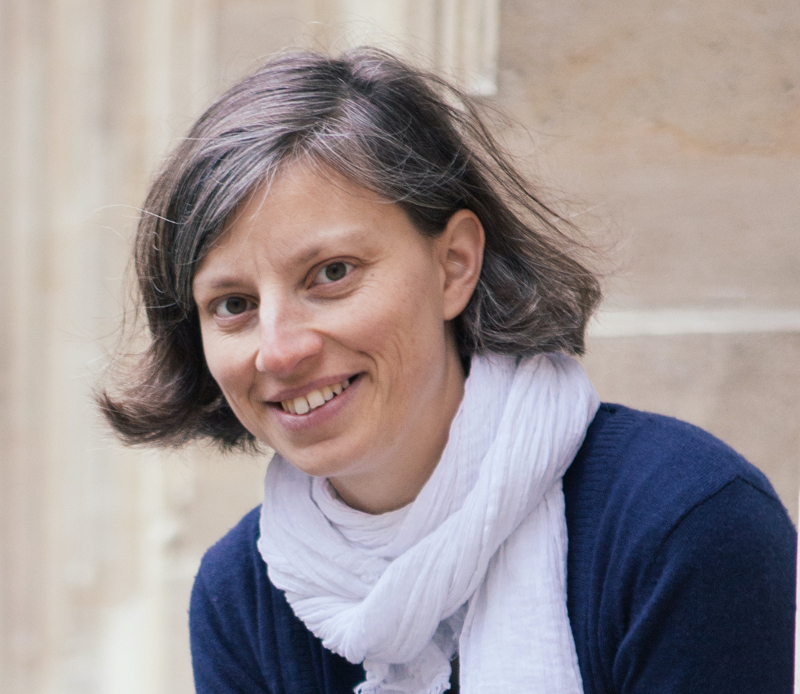 Thursday, May 16, 2024
Thursday, May 16, 2024
16:00 - 17:00
Laure Saint Raymond, Institut des Hautes Études Scientifiques, Université Paris-Saclay
Internal waves in a domain with topography
Stratification of the density in an incompressible fluid is responsible for the propagation of internal waves. In domains with topography, these waves exhibit interesting properties. In particular, in 2D these waves concentrate on attractors for some generic frequencies of the forcing. At the mathematical level, this behaviour can be analyzed in the inviscid case with tools from geometry, spectral theory and micro local analysis.
![]() Poster
Poster
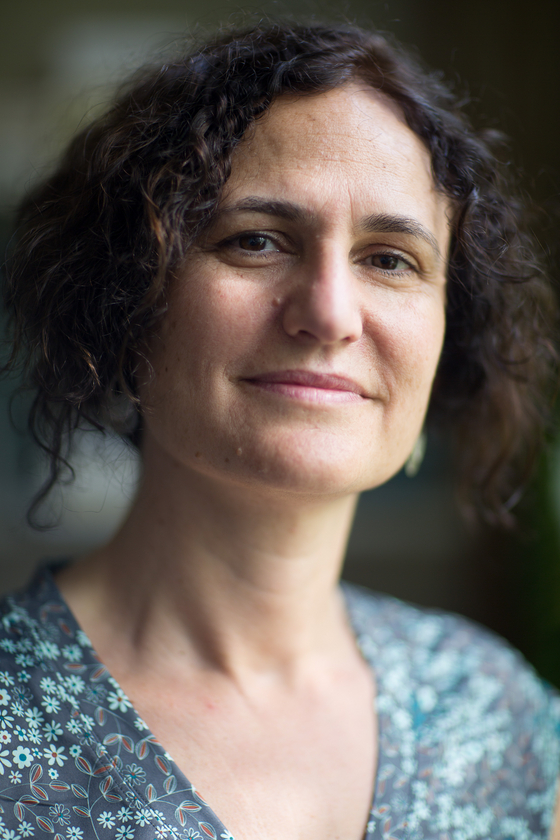 Tuesday, January 9, 2024
Tuesday, January 9, 2024
16:30 - 17:30
Gigliola Staffilani, Abby Rockefeller Mauze Professor Massachusetts Institute of Technology
The Schrödinger equations as inspiration of beautiful mathematics
In the last two decades great progress has been made in the study of dispersive and wave equations. Over the years the toolbox used in order to attack highly nontrivial problems related to these equations has developed to include a collection of techniques: Fourier and harmonic analysis, analytic number theory, math physics, dynamical systems, probability and symplectic geometry. In this talk I will introduce a variety of results using as model problem mainly the periodic 2D cubic nonlinear Schrödinger equation. I will start by giving a physical derivation of the equation from a quantum many-particles system, energy transfer and its connection to dynamical systems, and I will end with some results following from viewing the periodic nonlinear Schrödinger equation as an infinite dimensional Hamiltonian system.
![]() Poster
Poster
 Thursday, June 27, 2023
Thursday, June 27, 2023
16:30 - 17:30
Laure Saint Raymond, Institut des Hautes Études Scientifiques, Université Paris-Saclay
Internal waves in a domain with topography
Stratification of the density in an incompressible fluid is responsible for the propagation of internal waves. In domains with topography, these waves exhibit interesting properties. In particular, in 2D these waves concentrate on attractors for some generic frequencies of the forcing. At the mathematical level, this behaviour can be analyzed in the inviscid case with tools from geometry, spectral theory and microlocal analysis.
![]() Poster
Poster
Event canceled due to personal reasons of speaker
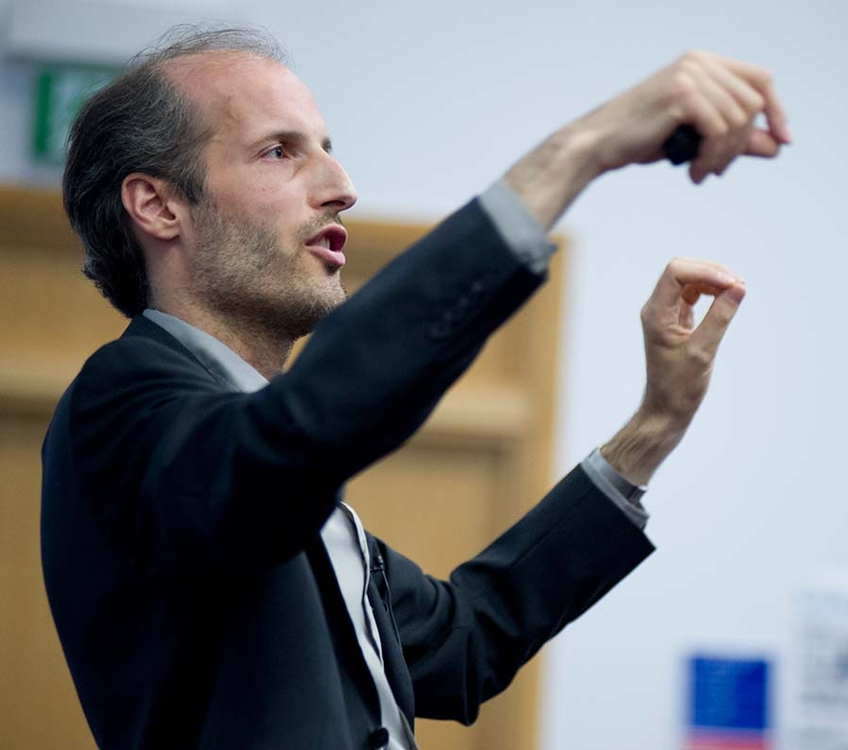 Thursday, March 26, 2020
Thursday, March 26, 2020
16:30 - 17:30
Martin Hairer, Imperial College, London
Geometric Stochastic PDEs
We will give a quick review of Parisi and Wu's stochastic quantisation procedure and apply it to the non-linear sigma model as well as the Yang-Mills model. We then review a number of recent results on the resulting equations, which in particular sheds new light on an old controversy.
Due to the medical emergency for Covid-19 the event was canceled
 Tuesday, October 29, 2019
Tuesday, October 29, 2019
16:30 - 17:30
Jean-Benoît Bost, Université Paris-Sud Orsay
Theta invariants of Euclidean lattices
Euclidean lattices have been studied for a long time, because of their role in crystallography and in arithmetics. More recently, they have also been studied in computer science, because of their application to cryptography. During the last decades, new invariants of Euclidean lattices defined in terms of the associated theta series have become increasingly important to investigate them from these diverse perspectives. In this talk, I will give a gentle introduction to the theory of Euclidean lattices, and try to explain the significance of their theta invariants from various points of view.
![]() Poster
Poster
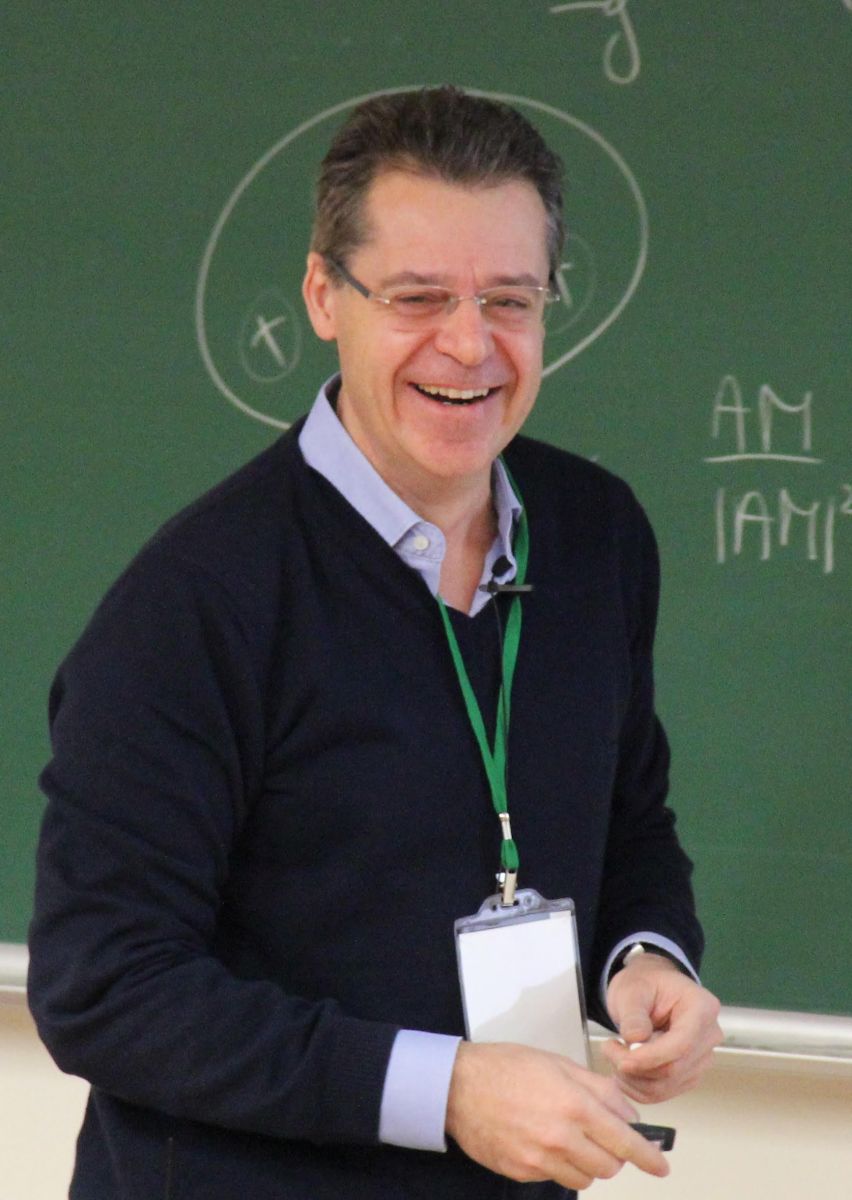 Tuesday, June 25, 2019
Tuesday, June 25, 2019
16:30 - 17:30
Tristan Rivière, ETH Zürich
Looking at 2 spheres in R3 with a Morse theoretic perspective
The so called Willmore Lagrangian is a functional that shows up in many areas of sciences such as conformal geometry, general relativity, cell biology, optics... We will try first to shed some lights on the universality of this Lagrangian. We shall then present the project of using the Willmore energy as a Morse function for studying the fascinating space of immersed 2-spheres in the euclidian 3 space and relate topological obstructions in this space to integer values and minimal surfaces.
![]() Poster
Poster
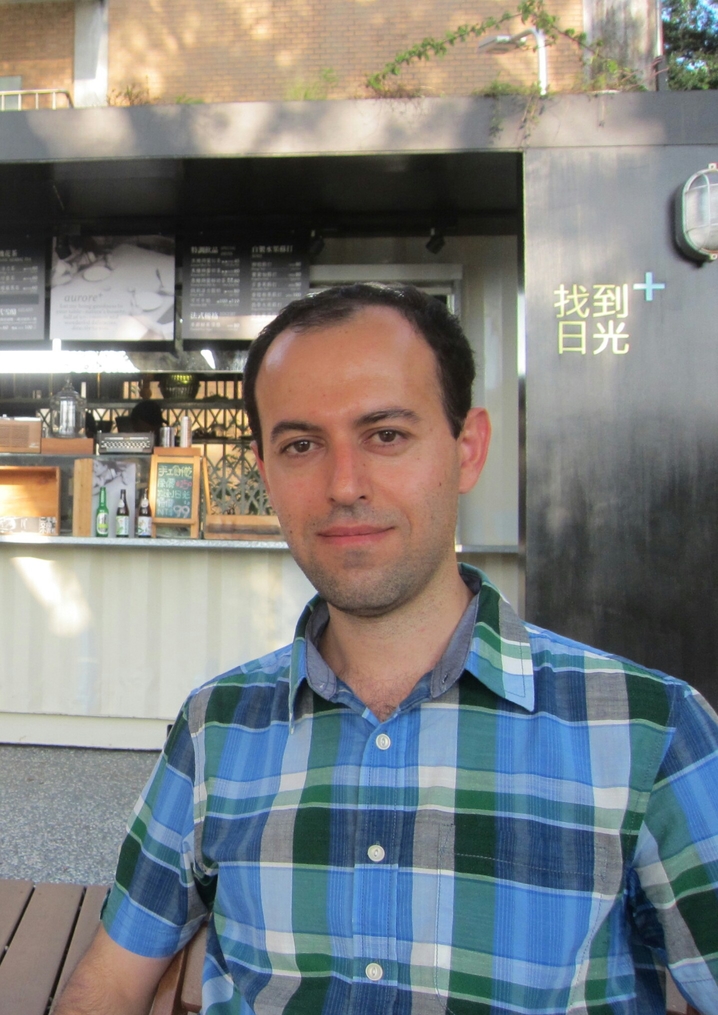 Monday, May 6, 2019
Monday, May 6, 2019
16:30 -17:30
Caucher Birkar, University of Cambridge
Birational geometry of algebraic varieties
Birational geometry has seen tremendous advances in the last two decades. This talk is a gentle introduction to some of the main concepts and recent advances in the field.
![]() Poster
Poster
 Tuesday, December 11, 2018
Tuesday, December 11, 2018
16:30 - 17:30
Christian Lubich, Universität Tübingen
Dynamics, numerical analysis and some geometry
Geometric aspects play an important role in the construction and analysis of structure-preserving numerical methods for a wide variety of ordinary and partial differential equations. Here we review the development and theory of symplectic integrators for Hamiltonian ordinary and partial differential equations, of dynamical low-rank approximation of time-dependent large matrices and tensors, and its use in numerical integrators for Hamiltonian tensor network approximations in quantum dynamics.
![]() Poster
Poster

